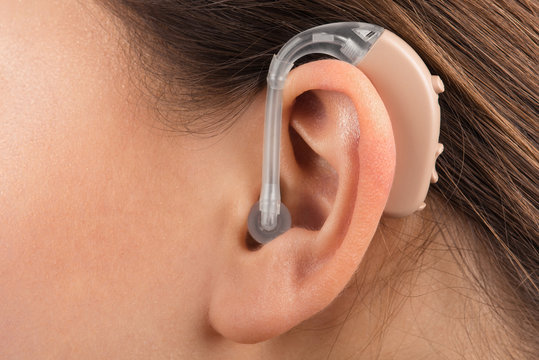In today’s soundscape where crystal-clear communication is key, hearing aids have evolved from being just medical devices into sophisticated pieces of technology that enhance the way we interact with the world around us. Among the latest breakthroughs in assistive listening, rechargeable hearing aids have taken a quantum leap, offering a blend of convenience, comfort, and efficiency that traditional batteries can’t match. Here’s a comprehensive look at what rechargeable hearing aids offer and why they’re becoming the preferred choice for many individuals.
The Rise of Rechargeables
The roar of innovation within the hearing aid industry is unmistakable as rechargeable technology is taking center stage. Unlike their disposable battery-driven predecessors, best rechargeable hearing aids use built-in lithium-ion batteries, offering hours of reliable power from a single charge. This shift has not only reduced the environmental impact of hearing aid usage but has also simplified daily maintenance for users.
Benefits Beyond Battery Life
The shift to rechargeable technology is not simply a matter of convenience—though it certainly appeals to users not having to fuss with tiny batteries. The environmental impact is significant, reducing the number of disposable batteries in landfills. Additionally, by not relying on disposable battery sizes, manufacturers have more design freedom, leading to smaller, sleeker hearing aid models. Rechargeable devices mean fewer battery purchases, saving users considerable money over time.
Customization and Connectivity
Rechargeable hearing aids also bring an added layer of personalization and connectivity. Many of these devices can be adjusted and monitored using smartphone apps, allowing for more control over listening environments. They can also connect directly to other electronic devices, such as phones or televisions, thanks to Bluetooth technology, enabling a seamless listening experience without a bulky streamer device.
Addressing Concerns
Despite their numerous advantages, rechargeable hearing aids aren’t without their considerations. The most common concern is the need for access to power, but this has been circumvented with advanced charging solutions like portable charging cases that can extend usage in times of need. Furthermore, the debate on whether disposables offer better performance is diminishing as rechargeable technology continues to improve, providing ample power for more demanding hearing needs.
Debunking Durability Myths
One common myth about rechargeable hearing aids is that their batteries degrade quickly, leading to reduced lifespan. In reality, most lithium-ion batteries have been engineered for longevity, often outlasting the lifespan of the hearing aid itself. With proper care and charging practices, users can expect their rechargeable hearing aids to perform reliably for years.
Environmental Considerations
The environmental impact of rechargeable hearing aids is often a sticking point for eco-conscious consumers. However, the long-term environmental benefits of rechargeable devices, including reduced waste and energy consumption, significantly outweigh the initial ecological footprint associated with manufacturing and disposal.
Making the Switch
For those considering the switch to a rechargeable hearing aid, it’s essential to evaluate personal needs and preferences. With a growing array of options from various brands and at different price points, users can select hearing aids that not only address their hearing loss but also align with their lifestyle and values.
Navigating the Market
The rechargeable hearing aid market is rich with innovation and diversity, from behind-the-ear (BTE) to in-the-ear (ITE) styles, multiple colors, and varying feature sets. Users are encouraged to consult with audiologists to find the best fit for their specific hearing requirements and budget.
Looking to the Future
The futuristic allure of rechargeable hearing aids lies in the constant evolution of their capabilities. With each iteration, designers and engineers are pushing boundaries, incorporating AI-driven features that adapt to changing soundscapes in real-time, making the latest rechargeable models ready for the dynamic modern world.
In conclusion, rechargeable hearing aids are more than just a trend—they represent a significant step forward in the evolution of assistive listening technology. By combining environmental responsibility with innovative design and advanced features, these devices are improving the quality of life for millions around the globe. Whether you’re an audiophile or someone simply looking for a reliable way to participate fully in life’s conversations, the rechargeable hearing aid narrative is one you won’t want to miss…
Rechargeable hearing aids: Reshaping Listening with Technological Ingenuity
